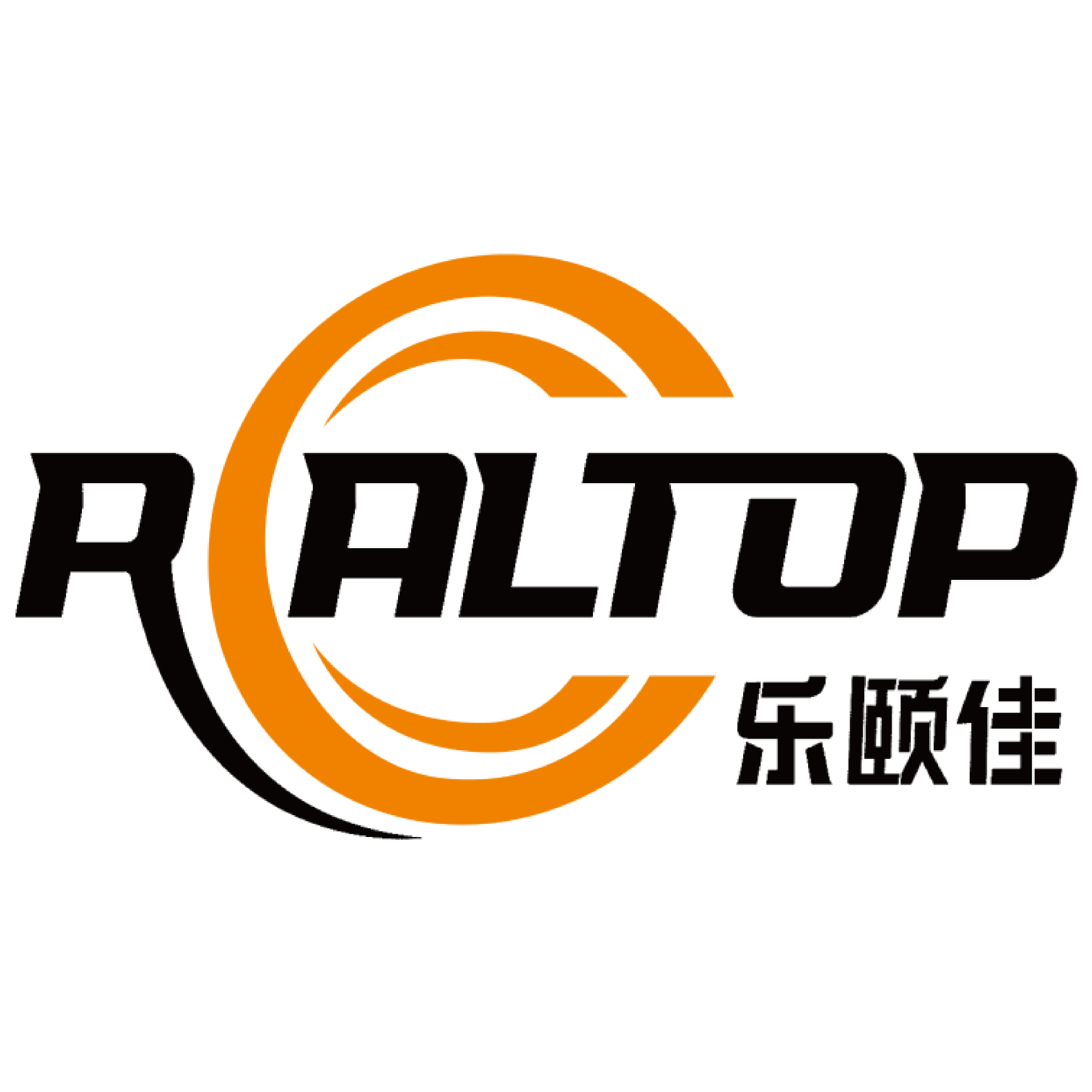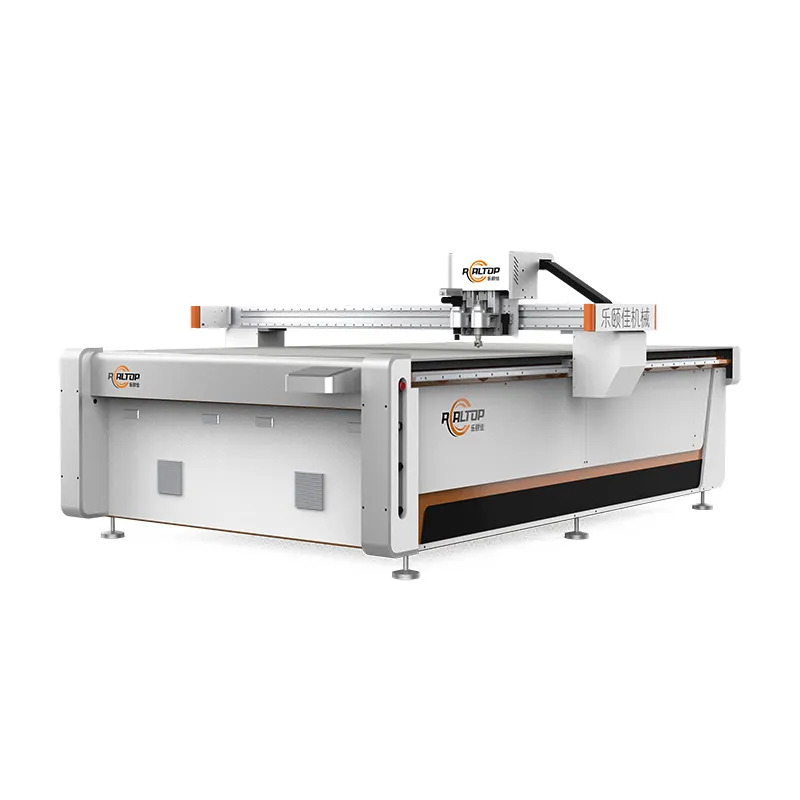Understanding Modern Leather Cutting Technology
The leather industry has evolved significantly with the introduction of advanced leather cutting machines, transforming how manufacturers process various types of leather. These sophisticated machines have revolutionized production efficiency while maintaining precision and reducing material waste. Today's leather cutting machines can handle an impressive range of leather materials, from the softest to the most robust varieties.
Common Leather Types for Machine Cutting
Full-Grain Leather Processing
Full-grain leather, considered the highest quality leather available, can be effectively processed using leather cutting machines. This premium material, which retains the natural surface of the hide with all its characteristics, requires precise cutting parameters and specialized blade configurations. Modern leather cutting machines excel at maintaining the material's integrity while delivering clean, accurate cuts that preserve the leather's natural beauty and strength.
When working with full-grain leather, cutting machines can be programmed to account for the material's thickness variations and natural markings. This ensures optimal material usage and maintains the leather's distinctive characteristics that make it so valuable in high-end products.
Top-Grain Leather Applications
Top-grain leather, slightly thinner than full-grain due to surface buffing, is another excellent candidate for machine cutting. The uniform thickness and consistent surface make it ideal for automated processing. Leather cutting machines can achieve exceptional precision with top-grain leather, creating intricate patterns and designs while maintaining the material's durability.
The automated cutting process works particularly well with top-grain leather because of its predictable behavior under the cutting blade. Manufacturers can achieve higher production speeds without compromising quality, making it a popular choice for large-scale leather goods production.
Specialty Leather Materials
Suede and Nubuck Processing
Suede and nubuck present unique challenges in machine cutting due to their delicate surface characteristics. However, modern leather cutting machines are equipped with specialized tools and settings to handle these sensitive materials. The machines can be adjusted to apply precise pressure and cutting speeds that prevent surface damage while ensuring clean edges.
The automated cutting process for suede and nubuck requires careful control of cutting parameters to avoid stretching or distorting the material. Advanced machines feature sophisticated sensor systems that detect material thickness and adjust accordingly, ensuring consistent quality across all cuts.
Exotic Leather Handling
Exotic leathers, such as python, alligator, and ostrich, require exceptional precision and specialized cutting techniques. Modern leather cutting machines can be programmed with specific parameters for each type of exotic leather, accounting for their unique grain patterns and scale formations. The technology ensures valuable exotic materials are cut with minimal waste while preserving their distinctive characteristics.
These sophisticated machines can handle the varying thicknesses and textures common in exotic leathers, maintaining consistent quality throughout the cutting process. This capability has made leather cutting machines indispensable in the luxury leather goods sector.
Technical Considerations for Different Leather Types
Thickness and Density Parameters
Leather cutting machines must be properly configured based on the thickness and density of different leather types. Modern systems can automatically adjust cutting depth and speed to accommodate materials ranging from 0.5mm to 12mm in thickness. This versatility ensures optimal cutting performance across various leather grades and styles.
The machines' adaptive technology allows for real-time adjustments during the cutting process, compensating for natural variations in leather thickness and density. This capability minimizes errors and ensures consistent quality in the final product.
Surface Texture Considerations
Different leather surfaces require specific cutting approaches to achieve optimal results. Leather cutting machines can be programmed to account for various grain patterns, embossments, and surface treatments. The cutting parameters are adjusted to prevent surface damage while maintaining precise cut lines.
Advanced machines feature sophisticated surface detection systems that map the leather's texture and adjust cutting parameters accordingly. This ensures clean cuts without compromising the material's surface integrity or aesthetic appeal.
Innovative Applications and Future Developments
Advanced Pattern Optimization
Modern leather cutting machines incorporate sophisticated pattern optimization software that maximizes material utilization across different leather types. This technology is particularly valuable when working with expensive or irregular-shaped leather pieces, ensuring minimal waste and optimal yield.
The latest machines can process complex patterns while accounting for natural markings, scars, and other imperfections in the leather. This capability has revolutionized the efficiency of leather cutting operations while maintaining high-quality standards.
Emerging Leather Technologies
The leather cutting industry continues to evolve with new developments in both machine technology and leather materials. Recent innovations include improved sensing capabilities for detecting material variations and advanced cutting tools designed for specific leather types. These developments are expanding the range of materials that can be processed effectively.
Future advancements in leather cutting technology promise even greater precision and versatility, potentially opening new possibilities for leather processing and product development.
Frequently Asked Questions
Can leather cutting machines handle both thin and thick leather materials?
Yes, modern leather cutting machines are designed to handle a wide range of leather thicknesses, typically from 0.5mm to 12mm. The machines automatically adjust cutting parameters to ensure optimal results regardless of material thickness.
How do leather cutting machines maintain precision with textured leathers?
Advanced leather cutting machines use sophisticated surface detection systems and adjustable cutting parameters to maintain precision when working with textured leathers. The machines can map surface variations and adjust cutting depth and speed accordingly.
What maintenance is required for cutting different leather types?
Regular maintenance includes cleaning cutting surfaces, replacing blades as needed, and calibrating machine settings for different leather types. The specific maintenance requirements vary depending on the materials being processed and the machine's usage intensity.
 EN
EN
 AR
AR
 FR
FR
 DE
DE
 IT
IT
 KO
KO
 PT
PT
 RU
RU
 ES
ES



